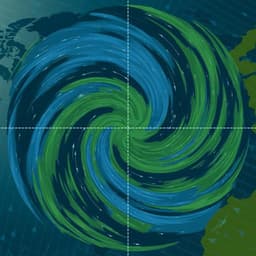
Earth Sciences
New climate models reveal faster and larger increases in Arctic precipitation than previously projected
M. R. Mccrystall, J. Stroeve, et al.
Discover how the Arctic's rapid warming is reshaping our planet's hydrological cycle, with consequences that could hit sooner than expected. This groundbreaking research by Michelle R. McCrystall, Julienne Stroeve, Mark Serreze, Bruce C. Forbes, and James A. Screen reveals the startling implications of transitioning to a rain-dominated Arctic under 1.5°C of global warming.
Playback language: English
Related Publications
Explore these studies to deepen your understanding of the subject.







